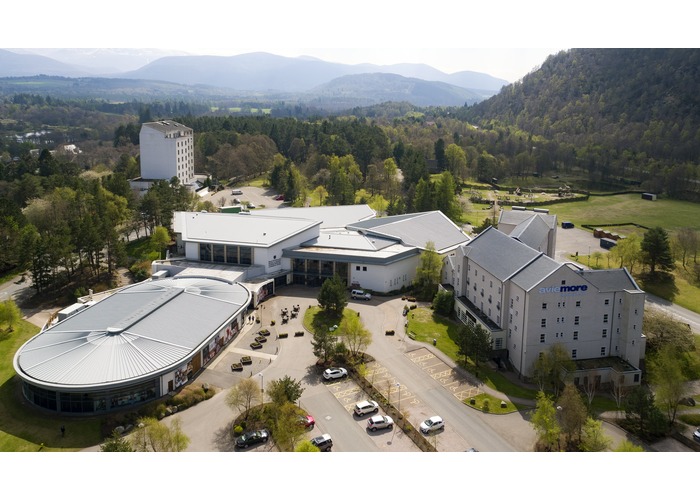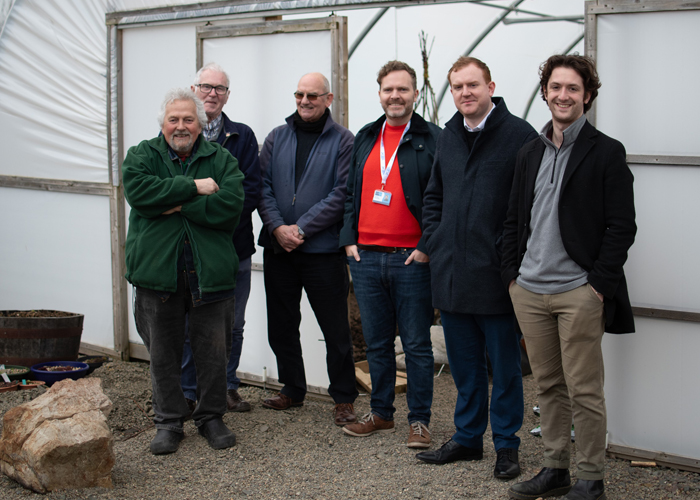By Andrew Aldridge, Partner at Deepbridge Capital
THE 2021 Mayday Bank Holiday saw Great Britain’s windfarms set a new clean energy record as the blowy bank holiday weather helped onshore and offshore wind turbines make up almost half of the electricity grid across England, Scotland and Wales.
The blustery bank holiday Monday itself produced a new wind power record as turbines generated just over 17.6GW of electricity for the first time in the middle of the afternoon, enough to run more than 3.5m kettles. Windfarms generated 48.5% of the electricity grid in England, Scotland and Wales, which was more than the contribution made by gas plants, nuclear reactors and biomass burners combined. Gas plants powered 21.7% of the electricity grid yesterday afternoon, while nuclear reactors generated 12% and biomass power units contributed 6.1%.
The Deepbridge Estate Planning Services provides financial advisers with access to a portfolio of Business Relief qualifying renewable energy assets, with the aim of providing investors with an asset-backed and ‘green’ inheritance tax solution. The wind turbines within the Deepbridge Estate Planning Service are currently all situated in Northern Ireland, so whilst the aforementioned record day of energy production is great for Boris’s nicknamed ‘Bunny Huggers’, what relevance does this have to our managed assets? Well, firstly it shows that the uptake and development of renewable energy capacity in the UK continues to grow. It is also relevant to show that wind power provides a higher percentage of energy production in Northern Ireland than it does on the mainland, as follows.
According to economy-ni.gov.uk, between January and December 2020, 49.2% of total electricity consumption in Northern Ireland was generated from renewable sources located in Northern Ireland. In addition, of this 84.9% was generated from wind.
During the same period, as reported by the UK Government, the rest of the UK sourced 43% of energy from renewable sources, with approximately 56% of this being produced by wind.
Wind turbines are a common site in Northern Ireland and have been a significant contributor to the development of the grid across the region. Smallscale sites, often single or two-turbine sites, are low key and relatively accepted by local communities. Indeed, the largest application for a wind farm in Northern Ireland, Doraville outside Drapertown, was rejected in late 2020 with the Infrastructure Minister stating, “In this case 33 wind turbines would cause considerable harm to the landscape interest…,” whilst also reaffirming advocacy of renewable energy in general.
Not only can planning consent be difficult to achieve for largescale sites, largescale wind farms can also cost tens, if not hundreds, of millions of pounds. It is, therefore, often more accessible for investors to access small-scale wind turbines across multiple sites. Given the small scale nature of these sites, it is likely that already energised sites will also still benefit from several years of Government subsidies (such as Renewable Obligation Certificates); thereby offering secure revenues.
With the UK Government promising to ‘build back greener,’ and reemphasising its commitment to renewable energy production as the country’s long-term energy solution, renewable energy continues to offer investors a great opportunity for long-term predictable growth, whilst also being at the heart of ethical, environmental and impact investing principles.










